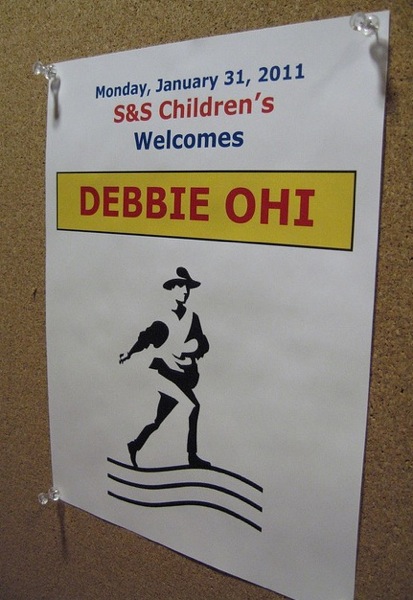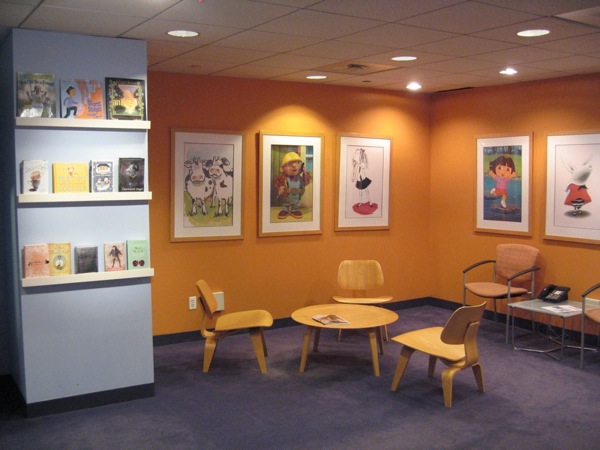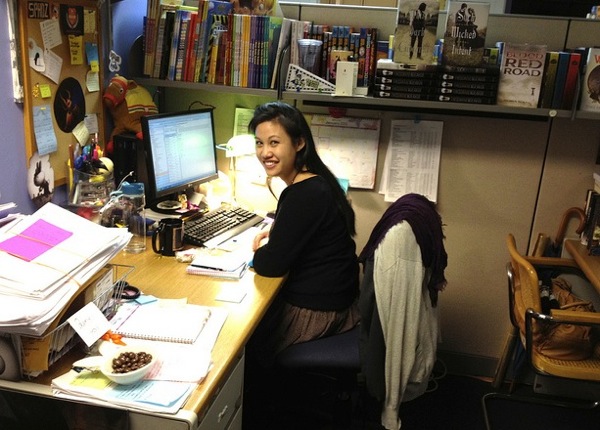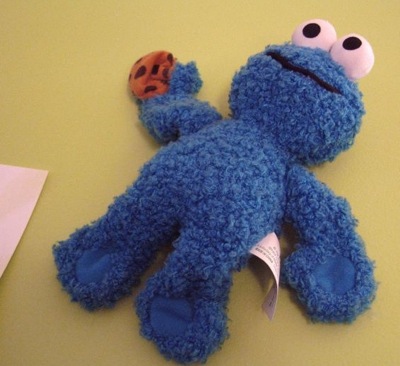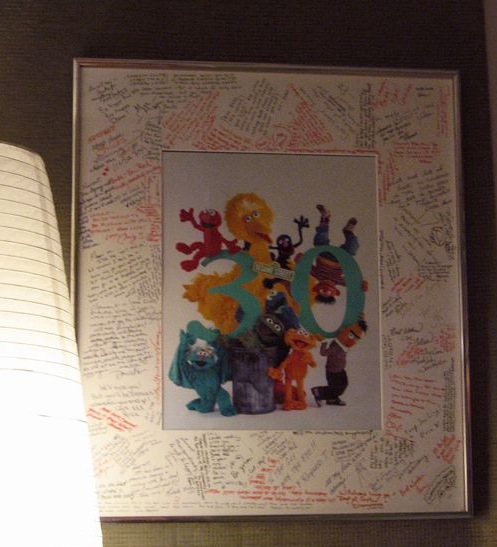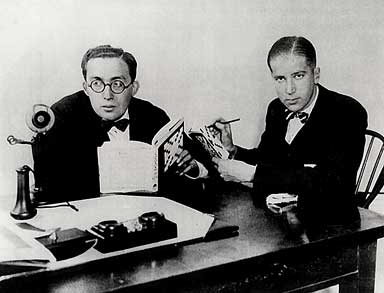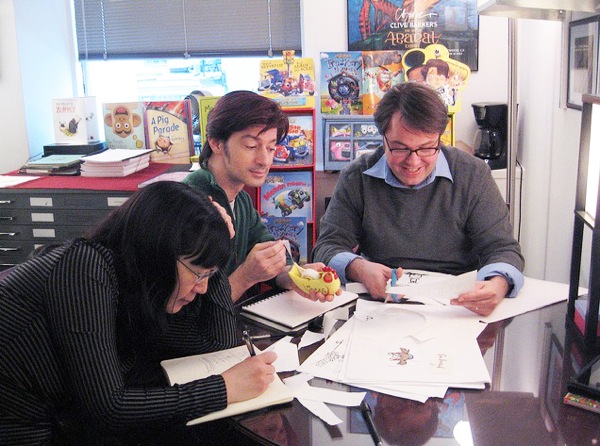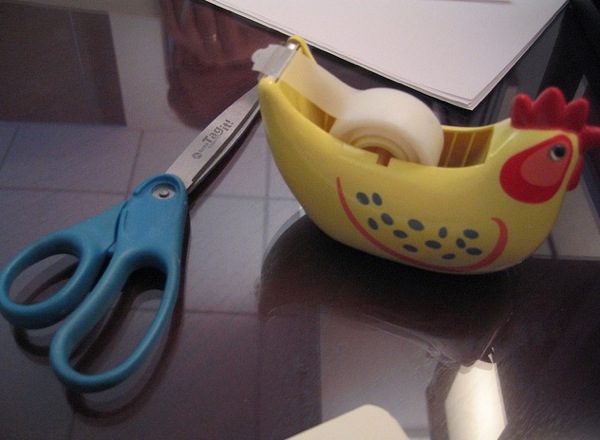How does a picture book get translated into other languages? Simon & Schuster UK's Tracy Philips explains the process for I'M BORED
 Thursday, December 6, 2012 at 10:46AM
Thursday, December 6, 2012 at 10:46AM Just found out that the French version of I'M BORED is available for ordering online! Check out the cool cover above. I've been enjoying saying "Je m'ennuie" waaay too much since seeing this. I've probably been pronouncing it incorrectly, too...I'll have to find someone fluent in the language to teach me the proper pronunciation.
Anyway, that got me curious about how a picture book is translated into other languages. Tracy Philips, Co-editions & Rights Director at Simon & Schuster over in the UK, was kind enough to answer a few questions for me.

Above: The Translation Rights team at Simon & Schuster UK. From left to right: Ruth Middleton, Nino Tarkhan-Mouravi, Tracy Philips, Stephanie Purcell and Kim Van Berkel.
Q. What is the process for getting a picture book translated?
Tracy: The Rights team receives f&gs from the printer which feature the final text and art for each picture book on unbound sheets. We show these f&gs to our foreign publishers at book fair meetings talking through the text and illustrations and discussing what is right for each market – they are all so different!
The main fairs are: Frankfurt in October, Guadalajara in November, Bologna in March and London in April. We also travel to visit our publishers in their offices throughout the year and would show the f&gs during this visits to. This year, for example, the S&S rights team have travelled to: Brazil, Chile, France, Norway, China, Taiwan, Korea, Japan, Turkey and the US.
If a publisher expresses interest in the book we’ll send them an f&g or maybe even the book as a digtal pdf (which they can then forward to their own retailers to get feedback). If they decide to buy the book (which we really hope they will) they contact us to ask for prices and the negotiations begin!
Q. Are there any issues that writers and illustrators should be aware of when creating a picture book, in terms of potential translation?
Tracy: In terms of the text - a heavily rhyming text is hard to translate into other languages and, indeed, an Alphabet book is impossible as ‘c’ is not for cat in all languages! (it’s eine Katze in German …)
In terms of the illustrations, elements that are very culturally specific (such as red pillar boxes or London black cabs for picture books from the UK) sometimes make the book tougher to sell and featuring animals that are unfamiliar can be tricky too.
Having said all of that – I have sold many books with rhyming texts and unfamiliar pictures – if the book is really special and you have a great, free, translation then it will work everywhere!
Q. Is the translation done at Simon & Schuster? Or do publishers do the translations?
Tracy: Each publisher choses their own translator – they are much closer to their market than we are and know writers in their own language best able to do the work.
Often they choose children’s picture book authors or poets but most certainly have a group of their favourite professional translators who are best able to capture the essence of each work.
Thanks so much for this great info, Tracy!
----------
Related links:
How to say "I'm Bored" in other languages (including Klingon! Part of the I'M BORED Bonus Page)
I'M BORED Bonus page (which includes other how-to and behind-the-scenes material)
 french,
french,  simonandschuster,
simonandschuster,  translation,
translation,  uk in
uk in  Process
Process 














